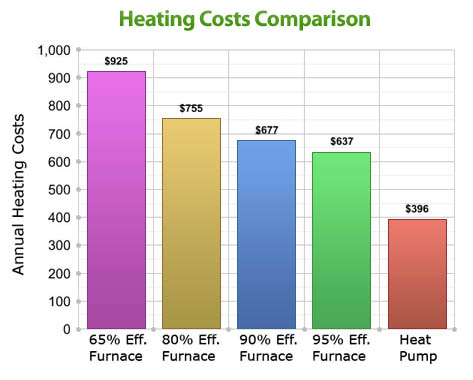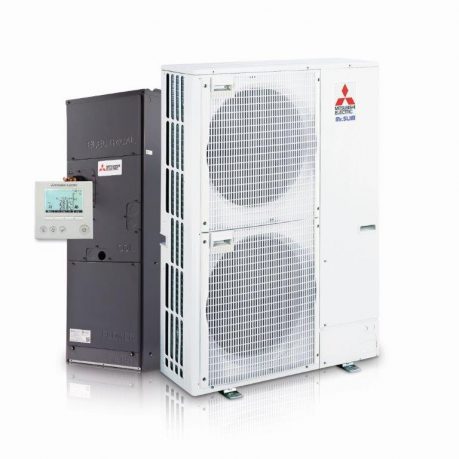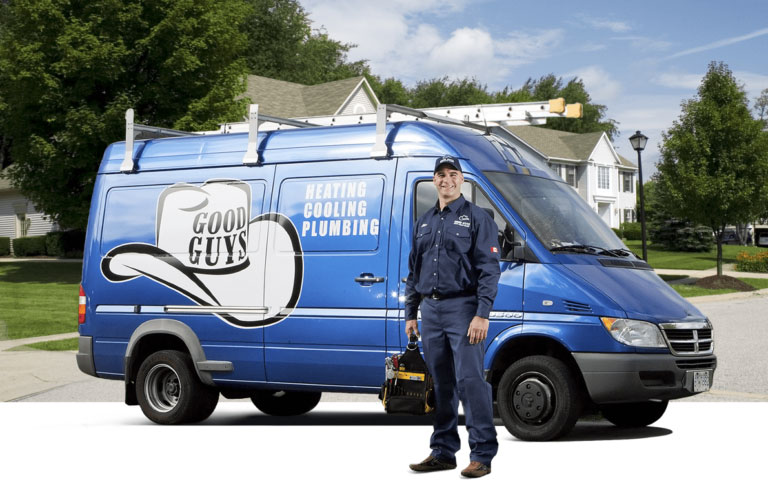Heat Pumps
Save up to $21,000 with CleanBC heat pump rebates
When you install an all-electric heat pump system, you may qualify for a CleanBC grant of up to $21,000. Your rebate amount will depend on your income level and home value. See our heat pump rebates page for details.
About heat pumps
A heat pump is a single system that can provide both heating and air conditioning. In heating mode, a heat pump is much more energy efficient than a furnace, so it will reduce your energy costs and your greenhouse gas emissions as well.
Learn the basics about heat pumps in our 2 minute video.
How does a heat pump work?
A heat pump is like an air conditioner that can also run in reverse. It also works a lot like a fridge. Your fridge removes heat from the cold air inside and blows it out into the warmer kitchen air. A heat pump is like a fridge but has a much greater capacity to move heat. In the winter, it can extract heat from the cold outdoor air and move it into your home. The cycle can be reversed in the summer so that heat is being removed from your home’s air and expelled outdoors. A more scientific explanation of how a heat pump works can be found on our heat pumps FAQ page.

Lennox SL25 central heat pump
How much can I save on heating costs with a heat pump?
Since a heat pump only moves heat from the outdoors into your home, rather than creating heat by burning a fuel, it can operate at efficiencies of over 100%. A typical heat pump we install is rated at about 400% efficiency at 8oC. This means that about 4 watts of heat are created for every watt of electricity it consumes, and this can mean big savings on utility bills. BC Hydro estimated that a heat pump will reduce heating costs by 57% when upgrading from a standard efficiency (65%) furnace. To learn more about heat pump efficiency ratings and how energy savings estimates can be calculated by comparing them to furnace/boiler efficiency ratings, see our heat pump energy savings page. A heat pump can also greatly reduce your home’s greenhouse gas emissions- see our Go Green page for details.

Supplemental heating
While a heat pump can produce a lot of heat very efficiently at temperatures above 4oC, its efficiency and output capacity begin to drop off below this point, and a typical house does not have a large enough power supply (unless almost nothing else is consuming electricity) to run a large enough heat pump to heat a home at below-freezing temperatures. For this reason, most heat pumps are installed as a package with a new furnace, except when the home already has a newer furnace.
An exception are new cold climate heat pumps, such as the Mitsubishi Zuba system, which can maintain most of their capacity well below freezing. These systems can be installed without a furnace.
Multi-split heat pumps for homes with boilers
For homes with furnaces, a central heat pump (with a single indoor unit) can use the existing ductwork. For homes with boilers, the in-floor pipes or radiators are not suitable for a heat pump system. Instead, a ductless multi-split system with multiple indoor units will be required.

Mitsubishi Ductless Heat Pump: This system is for homes that currently have a boiler (a system that moves hot water through pipes). The indoor unit (top) will be placed indoors, near the ceiling. Multiple indoor units (or heads) can be placed in multiple rooms. The outdoor unit (bottom) will be placed outdoors.

Mitsubishi H2i Central Heat Pump: This system is for homes that currently have a furnace (a system that blows air through ductwork). The indoor unit (left) will replace your furnace, and has backup electric heaters for very cold days. The outdoor unit (right) will be placed outdoors.
How much do heat pumps cost?
Rebate qualified heat pumps start at $15,000, including installation. For an exact price, call 604 GOOD GUY (604 466 3489) for a free quote on a new heat pump.
How long does it take to install a heat pump?
Installing a heat pump involves many tasks such as running refrigeration piping from the indoor unit(s) to the indoors, running power to the indoor and outdoor units, installing a ductwork manifold to suit the new system, and more.
Mini-split ductless heat pumps, which cool a single area, take a team of 2 technicians 1-2 days to install.
Central heat pumps usually take a team of 2 technicians 2-3 days to install.
Multi-split ductless heat pumps take 3-5 days or more to install.
Good Guys Plumbing & Heating: Your top choice for heat pump installations
Installing a heat pump could be the most complex home improvement you’ve ever made. It’s important to make sure the installers have the right training and take the time to get the job done properly- or else your system might not deliver the comfort, energy efficiency, and reliability you expect.
At Good Guys Heating Cooling & Plumbing our weekly technical training ensures our installers are up to date on heat pump technology. Our heat pump installers have completed training programs specifically related to heat pumps, and we allow them to spend the time they need to get the job done right.
For much more information on heat pumps, see our heat pumps FAQ page.
Call 604 GOOD GUY (604 466 3489) for more information or to schedule a free quote on a heat pump installation. Or use our online schedule quote form.
Questions? Email us or call 604 GOOD GUY (604 466 3489) | Sitemap


